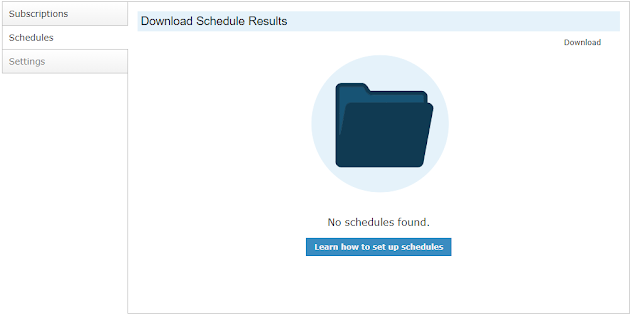Celebrating Female Mathematicians

It is sadly unsurprising that the number of women in Mathematics is so low. It's a field that has remained dominated by men (and predominately white men at that) since it's inception. But today Google honours Olga Ladyzhenskaya in their Google doodle. I am somewhat ashamed to admit that I had not heard of Ladyzhenskaya before today. This was a particularly a surprise to me as she worked in fluid dynamics, an area of mathematics that I have a particular interest in. I am grateful for the reminder to be celebrating women in science and to take an active interest in the work of women leading in their fields!


